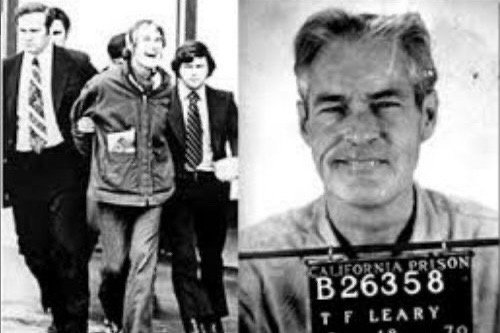The Life of Prostitutes During and After World War II
World War II had a profound impact on the lives of many people, including those who were forced into the profession of prostitution. The war disrupted the lives of millions of people, and for many women, it meant being forced into sexual slavery.

Prostitution During the War
With many men away fighting in the war, the demand for prostitution decreased in some areas. However, as the war progressed and Allied troops began to move into occupied territories, the demand for prostitution increased. In Europe, many women were forced into prostitution by the occupying forces, particularly the Red Army. These women, known as “camp followers,” were often young and had been taken by force. They were forced to provide sexual services to the soldiers and were often subject to abuse and mistreatment. Many of these women were also infected with sexually transmitted diseases, further adding to their misery.
In Asia, the situation was similar with many women being forced into sexual slavery by the Japanese military during the war. These women, known as “comfort women,” were taken from their homes and forced to provide sexual services to the soldiers in military brothels. They were often subject to brutal treatment and were forced to endure terrible conditions. They were moved from place to place with the troops, and were subjected to inhumane treatments, including physical and sexual abuse, torture, starvation and disease.
Life After WWII in Japan

The Life of Comfort Women
The term “comfort women” is a euphemism used to describe the women and girls who were forced into sexual slavery by the Imperial Japanese Army before and during World War II. An estimated 200,000 women and girls, mostly from Korea, China, the Philippines, and Indonesia, were forcibly recruited or kidnapped and taken to military brothels to provide sexual services to Japanese soldiers. They were often young, in their teens or early twenties, and were taken from their homes and families with promises of good jobs or education.
Once they arrived at the brothels, the women were forced to provide sexual services to the soldiers, often serving dozens of men a day. They were beaten, raped, and subjected to other forms of abuse and torture. They were also denied food and medical care and were forced to live in overcrowded and unsanitary conditions that led to the spread of disease.

The Aftermath of War
After the war, many of these women were left with nowhere to go and no means of support. Many were abandoned by their families and were shunned by society. Some were able to rebuild their lives, but for many, the trauma of their experiences during the war continued to haunt them for the rest of their lives. Many of the comfort women were left with physical and psychological scars and had to deal with the shame and stigma of having been forced into sexual slavery.
In the post-war period, prostitution increased as the soldiers returned home and the demand for sexual services increased. Many women turned to prostitution as a means of survival, as they had few other options. However, the profession was still stigmatized and the women who engaged in it were often subject to discrimination and mistreatment. Many of the comfort women were forced to continue their work in the brothels, as they had nowhere else to go and no other means of support.

Conclusion
The life of a prostitute during and after World War II was marked by uncertainty, hardship, and mistreatment. Many women were forced into the profession by the war and were subject to abuse and mistreatment by the occupying forces. After the war, they were often left to fend for themselves, with few options for rebuilding their lives. The comfort women, in particular, were subjected to inhumane treatment and were left with physical and psychological scars from their experiences. The issue of sexual slavery and forced prostitution during World War II is a dark chapter in history that continues to be recognized and acknowledged by the international community.

If you care about RAPE AS A WEAPON OF WAR check out this book:
‘Our Bodies Their Battlefield ‘ by
war correspondent Christina Lamb